MELiSSA Pilot Plant
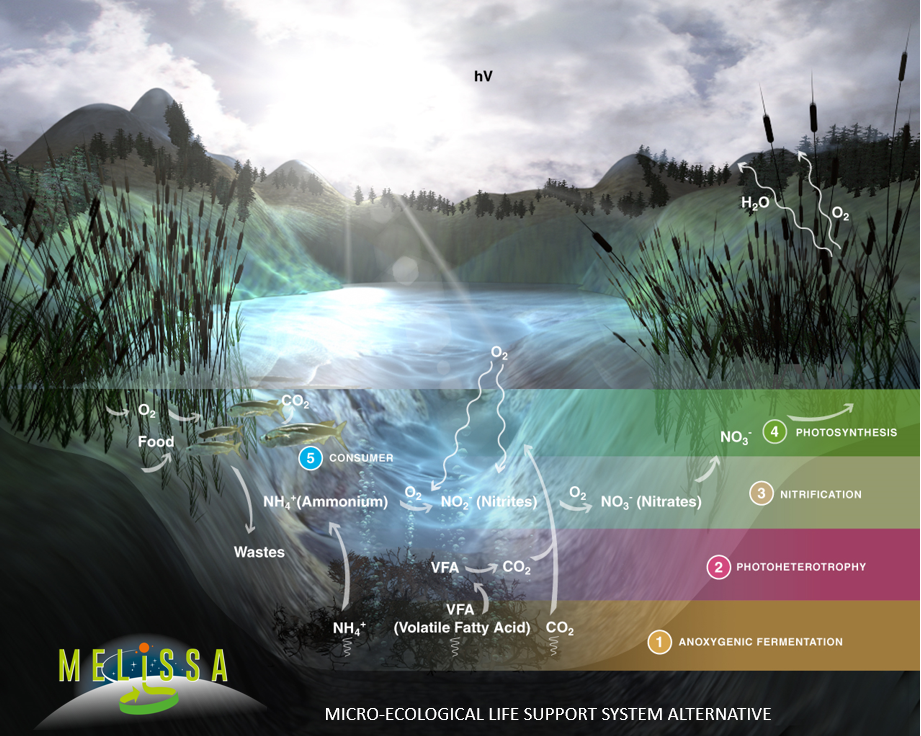
Objectives
MELiSSA (Micro Ecological Life Support System Alternative) is an international collaborative effort of 15 partners led by European Space Agency (ESA) focused on the development of a Regenerative Life Support System to support long-term Space Missions. Technologies as those studied in MELiSSA, will contribute to make possible the presence of humans on a planet like Mars.
The goals of MELiSSA are the production of food, recovery of water and regeneration of the atmosphere, with a concomitant use of wastes, i.e. CO2 and organic wastes, using light as a source of energy. The overall concept of MELiSSA is presented below.
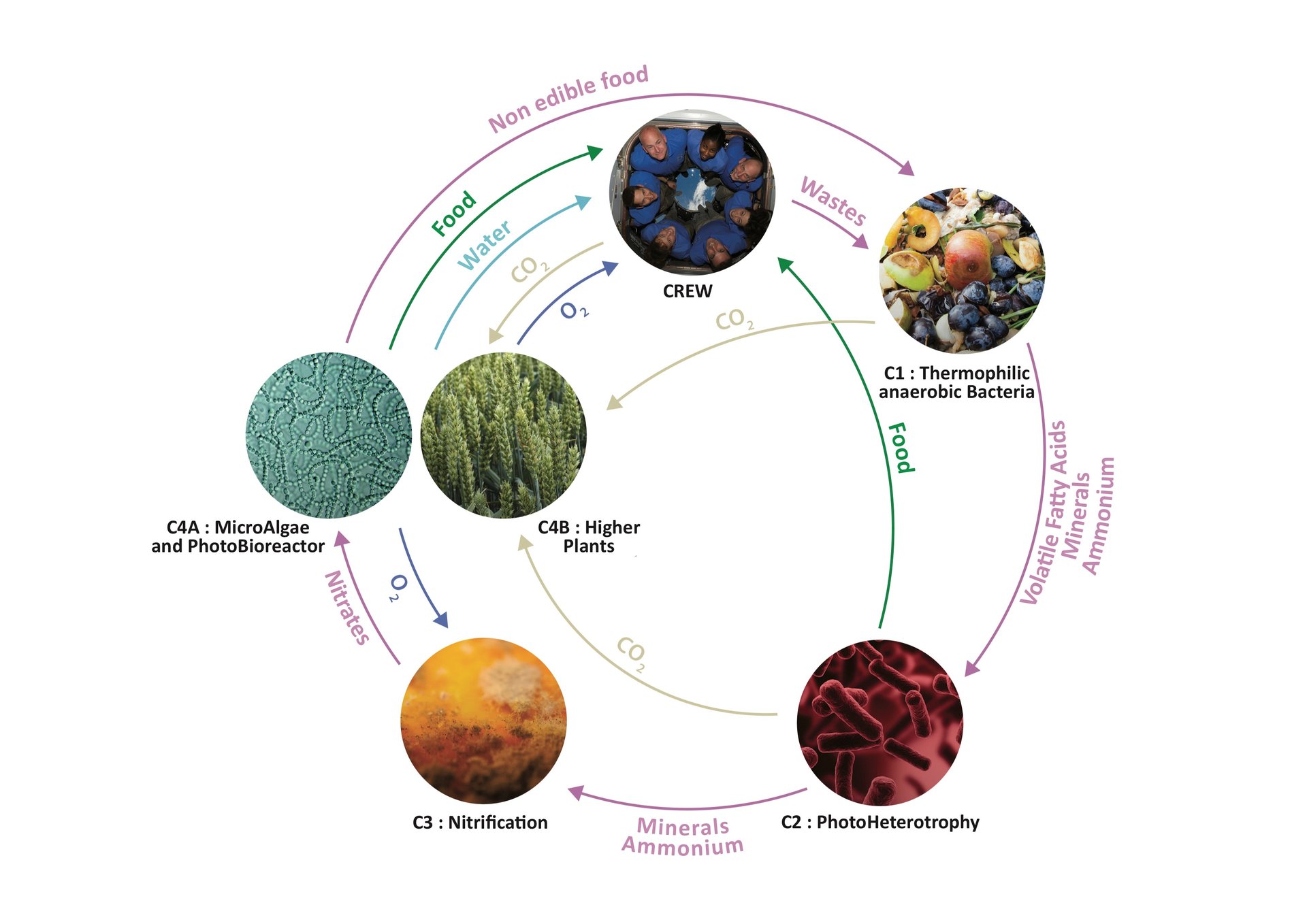
The MELiSSA Pilot Plant (MPP) is the ESA external Laboratory located in Universitat Autònoma de Barcelona. For cost and safety reasons, demonstration is today performed with a mock-up crew of rats. This "animal based phase" is a preparation phase for a future man-rated facility.
The challenge of the MELiSSA Consortium has been preparing for years and is to demonstrate that the system is feasible, reliable and efficient.
CHALLENGES AND APPROACH OF THE RESEARCH
Each compartment is colonised with specific bacteria or higher plants according to its given function. The specific compartments are designed, manufactured, installed and operated in the Pilot Plant, in order to generate new knowledge from their operation.
These compartments include:
- Waste degradation
- Nitrification
- Air revitalisation (photosynthesis with micro-algae)
- Food production (photosynthesis with higher plants)
- Mock crew (rat isolator).
In a first step each compartment has to be developed at individual level, and its operation demonstrated under its associated control law. In a second step, the complete loop has to be integrated by the connection of the different compartments in the gas, loop and solid phases. The development of accurate mathematical models is a very relevant aspect in this context.
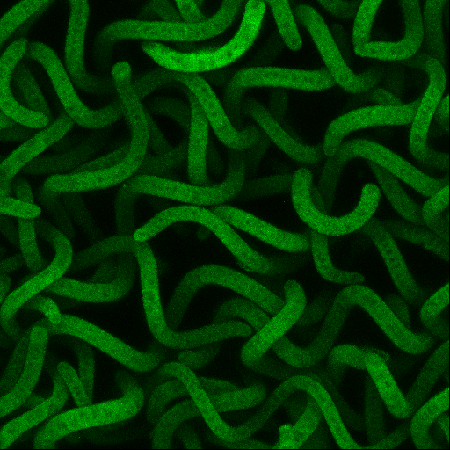
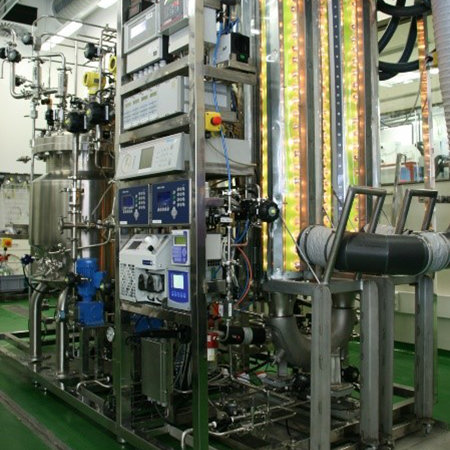
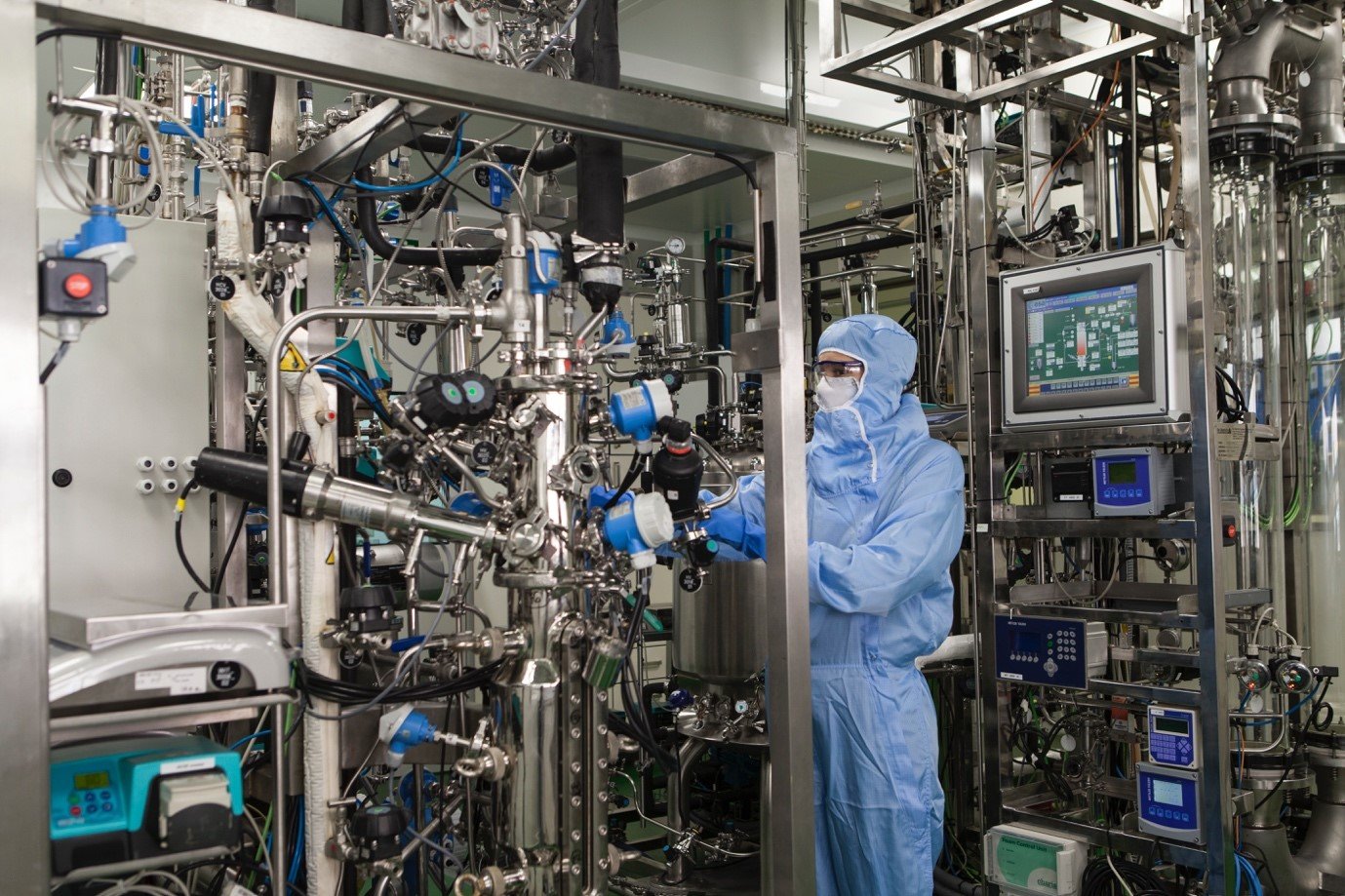
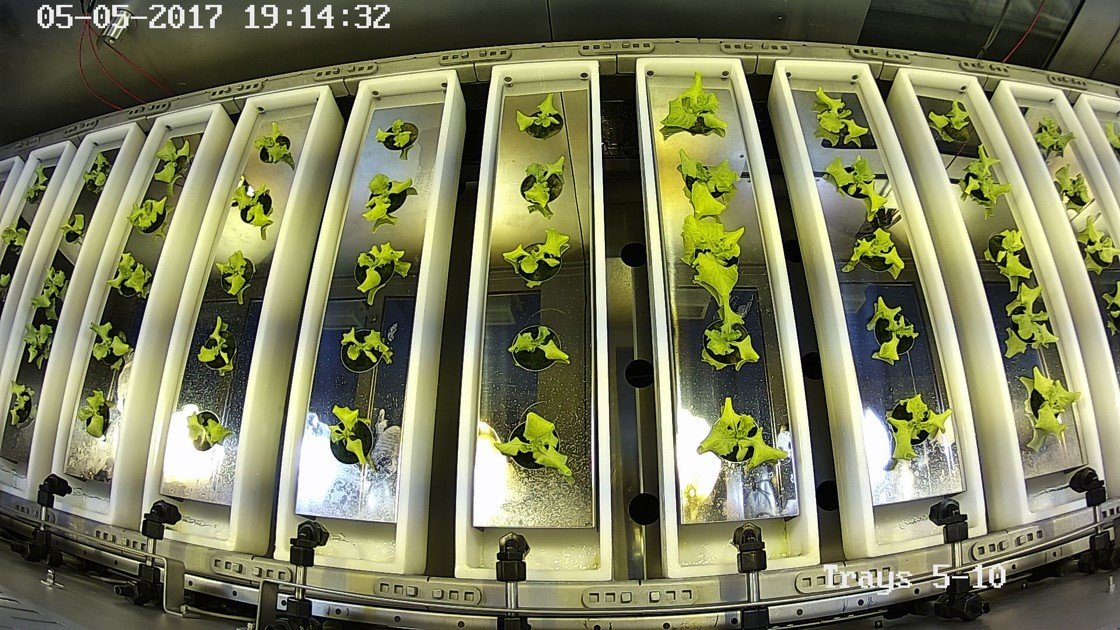
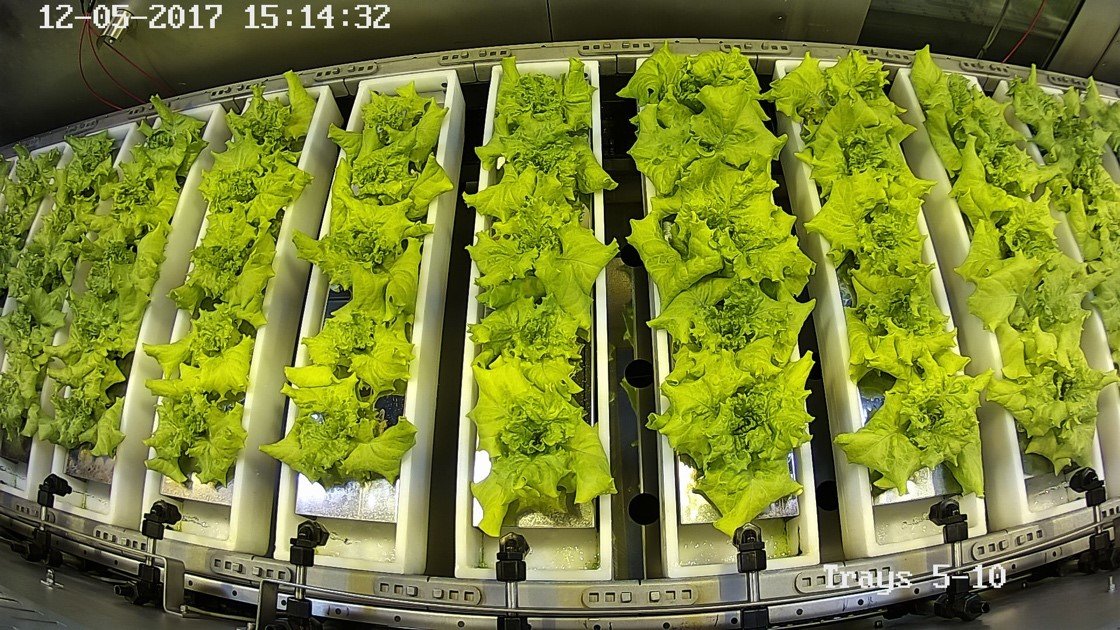
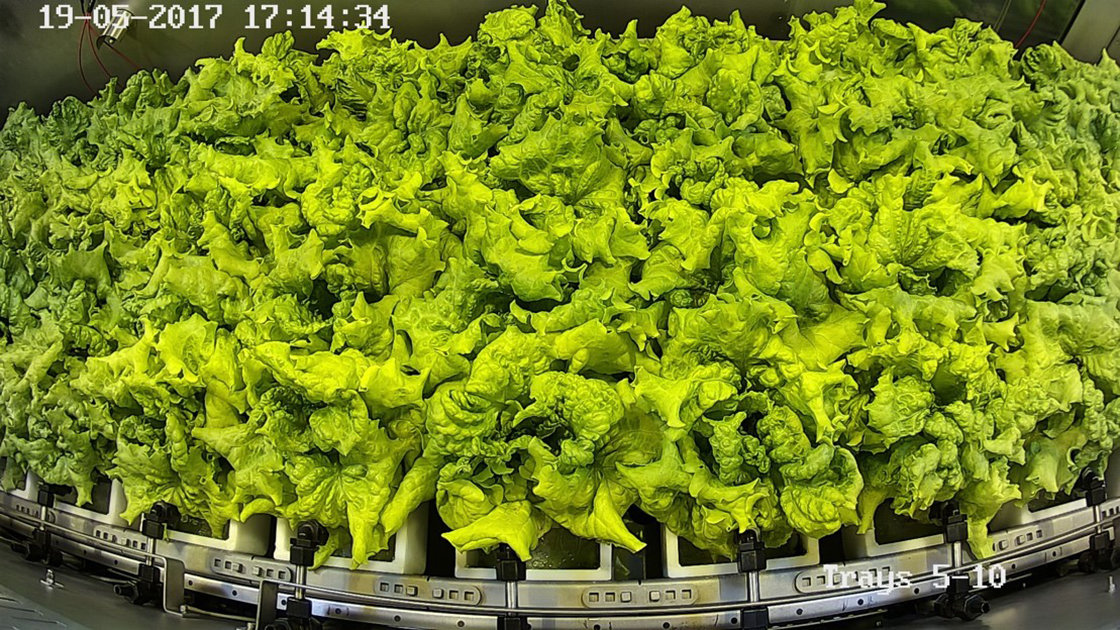
FLIGHT EXPERIMENTS
The work performed at the MELiSSA Pilot Plant has obvious synergies with the flight experiments (e.g. ARTEMISS, URINIS).
Indeed, the logic and the processes are the same, but in Pilot Plant case the systems are developed at a larger size while the flight experiments are performed at a much lower Volume & Mass.
GROUND DEMONSTRATION ACTIVITY
Scientific collaborations, technological spin-in and spin-off are looked for, for a mutual benefit.
In the Concordia Station (French Italian Antarctica base), all water used for hygiene purposes back to the same usage is recycled. For the last 15 years, thanks to a Grey Water Recycling Unit developed by ESA, a complementary building block for closing the water loop, using similar membrane technologies than the ones used (and to be used) in the MELiSSA Pilot Plant.
Scientific collaborations are organized, around e.g. plant growth in Higher Plant Chambers (MPP) compared to phytotrons (BIOS), Arthrospira Platensis cultures versus to Chlorella cultures, controller technologies, facility tightness, etc.
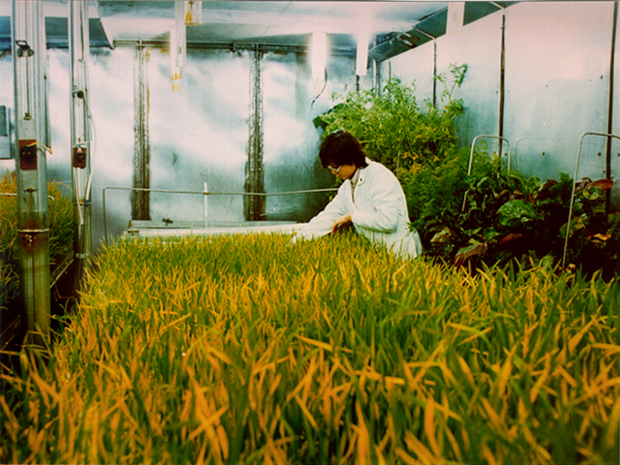
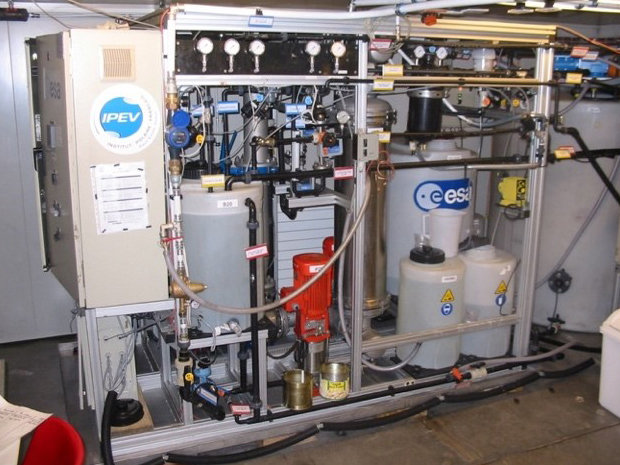
TERRESTRIAL APPLICATIONS
MELiSSA is an unique system, which already leads to many technology transfers and terrestrial applications.
The project has demonstrated potential applications in many sectors such as buildings industry, hotels, collectivities, etc... Its major advantage is its integrated approach which allow to reach high degree of circularity. The considered building blocks are commonly : waste treatment, nitrification, water treatment, air regeneration and food production.
Additionally, the needs of MELiSSA Pilot Plant are also pushing technology to the edge and new developments have already been achieved by the stimuli generated from MELiSSA. For example, the development of electrical impedance applications to the measurement of biomass or the development of new carriers for biofilm generation in continuous nitrification reactors.
The MELiSSA loop developed in the MPP is a ground demonstrator of a closed life support system, allowing for comprehensive studies, generating knowledge, know-how about terrestrial circular systems. The data and results are directly transferable to state-of-the-art terrestrial use cases, e.g. development of self-sustainable habitats, reduction of environmental impacts of human activities, etc…
A source of inspiration for our societal challenges!
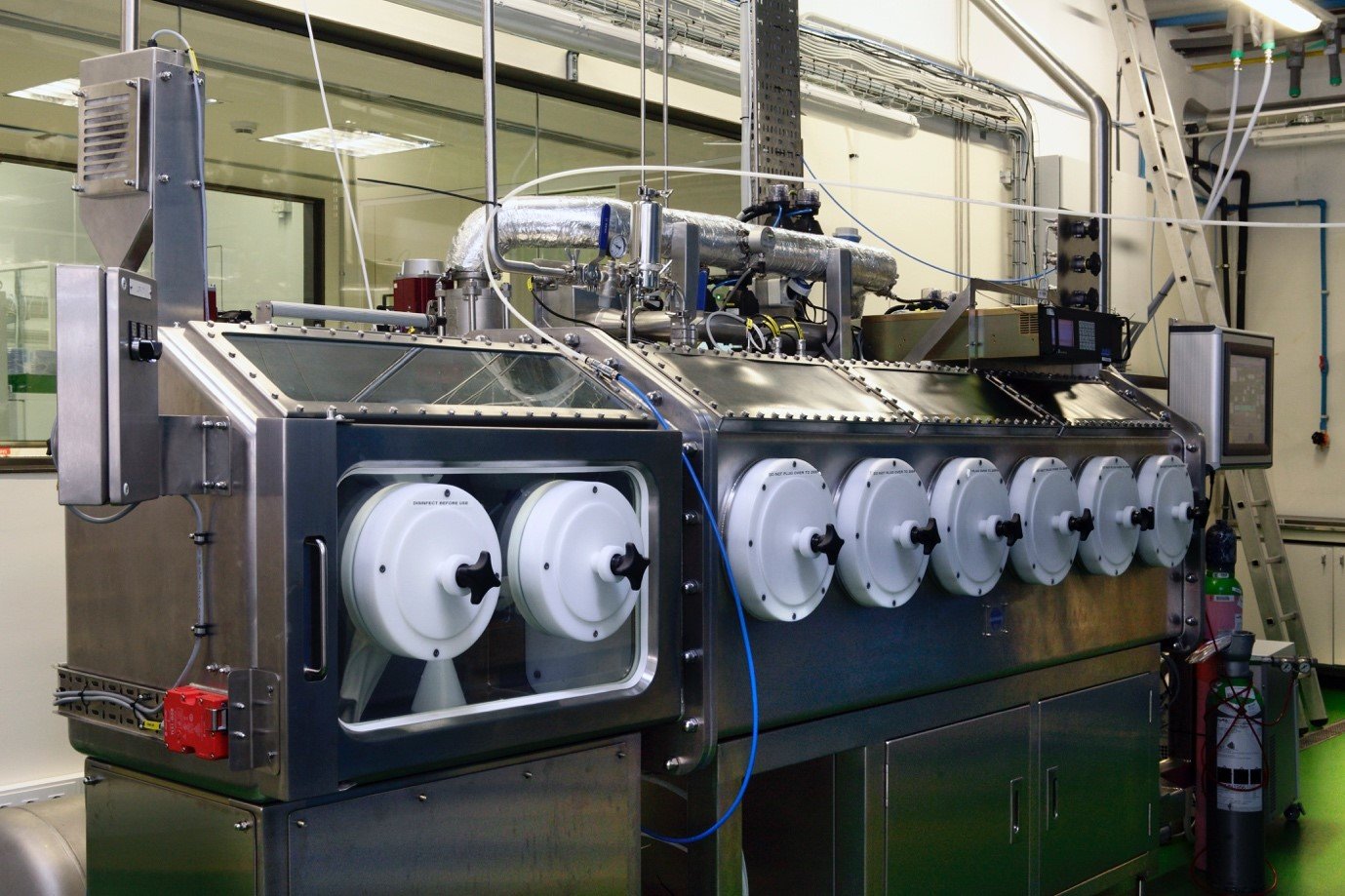
EDUCATION AND COMMUNICATION
The MELiSSA Pilot Plant is contributing to STEM by cooperating with FIRST® LEGO® League contests for children ageing 6-14 promoting science, technology, engineering and mathematics (STEM) to solve real-world problems and become tomorrow’s innovators, especially reinforcing the values of natural ecosystem protection, the logic of space missions and the need of life support to make them feasible.
Some additional support to high-school research proposals in local education centers has also been provided.